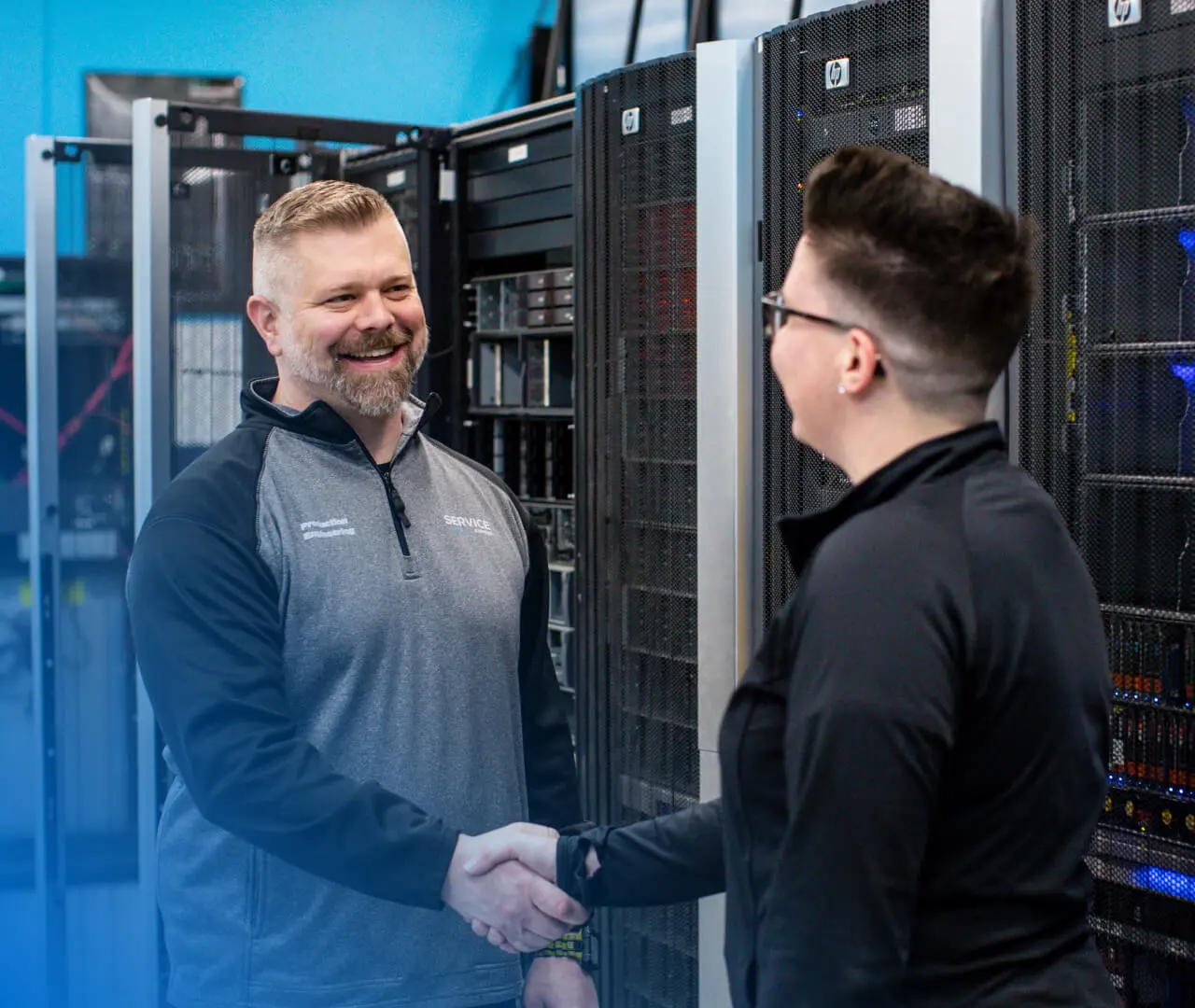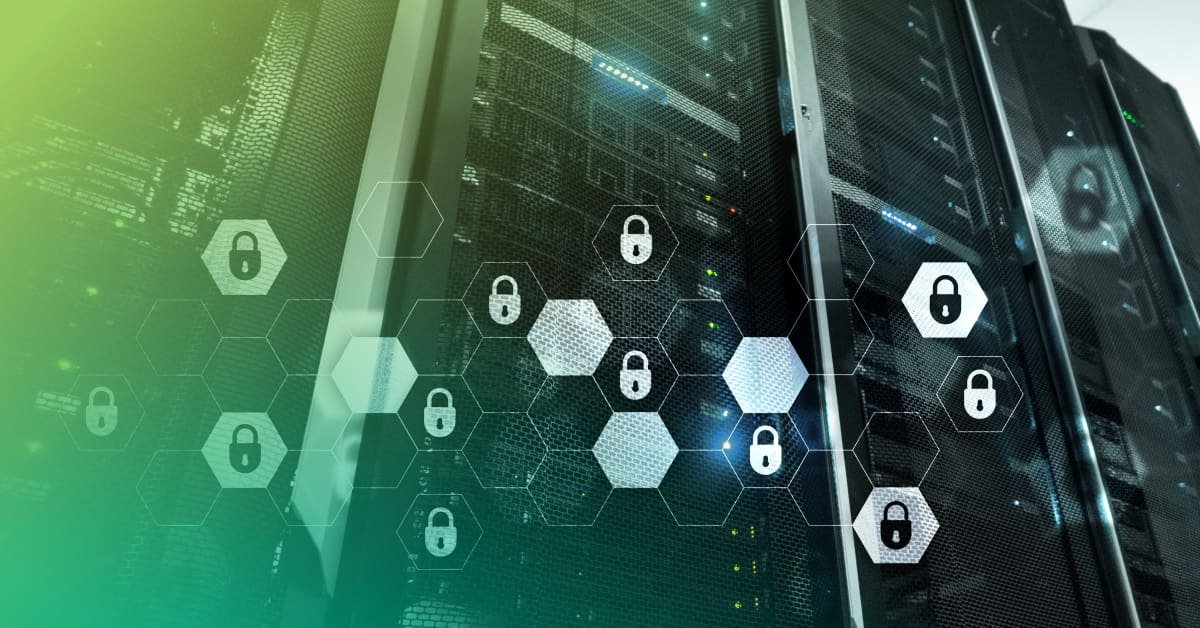You may have heard the terms End of Life (EOL), End of Sale (EOS), End of Service Life (EOSL), End of Support Life (EOSL) or Last Date of Support (LDOS) used to indicate critical milestones in the IT hardware life cycle. Each stage is different and varies in levels of OEM support, marketing, development, updates and more. Understanding and recognizing these terms and their meaning is important, but they don’t always correlate with a decrease in future performance.
It’s important to note that each OEM defines these milestones individually and may vary in timeline and definition.
What is EOL?
This is often the first stage in the IT hardware life cycle after new equipment is developed and available for consumers to purchase. EOL represents the date the manufacturer will no longer advertise, develop, produce or sell that equipment. At this time, additional firmware, patches or upgrades will be reduced, with the OEM intending to phase out the equipment over the next several years.
This milestone may also be called End of Sale (EOS).
EOL support options
- Third-party maintenance (TPM)
- Renew OEM support (if available)
- Upgrade EOL hardware with recertified or refurbished Data Center Hardware
- Refresh hardware
- Maintain in-house
What is EOSL?
This milestone represents the end of maintenance, technical support, repairs, updates and patches for the product.
This milestone may also be called End of Support (EOS) or Last Date of Support (LDOS).
EOSL support options
- Third-party maintenance (TPM)
- Upgrade EOSL hardware with recertified or refurbished Data Center Hardware
- Refresh hardware
- Maintain in-house
How to find EOL and EOSL dates
Every OEM is different when sharing EOL and EOSL milestones, making it easy to overlook or lose track of current and upcoming dates. Here are the most common methods to find dates:
- Our EOL & EOSL Database includes a comprehensive list of thousands of equipment dates. Sign up for quarterly EOL and EOSL updates and never miss a date again.
- OEM website or product documentation
- Reach out to the OEM directly
EOL and EOSL hardware support options and considerations
There are several alternatives to consider when understanding what steps to take after hardware approaches EOL or EOSL.
| Option | Consideration |
| Third-Party Data Center Maintenance | May be a good fit for hardware that meets security, performance, compatibility and compliance needs Typically 30–70% less than OEM support costs TPM providers may have limited access to firmware or microcode, depending on OEM availability. |
| Renew OEM support | Post-warranty support and coverage vary for each product and life cycle stage. Expensive with potential to increase over time |
| Leverage recertified or refurbished Data Center Hardware | Good option for companies wanting to upgrade hardware without undergoing a full refresh, saving CapEx in the long run Requires a partner with access to Data Center Hardware |
| Refresh hardware | Purchasing new hardware may be an option if you’re required to maintain compliance, capacity, power and performance standards. Often extremely costly and time intensive |
| Maintain in-house | Option for companies with an extensive human capital budget and IT talent with unique skill sets Requires access to replacement parts and hardware |
Next steps for your EOL and EOSL equipment
Assess your immediate and future needs before identifying what’s next for your EOL or EOSL hardware. According to our 20+ years of research, most data center hardware remains reliable for over 10 years. There are several factors to consider when outlining your options and alternatives to ensure you’re improving the value of your original investment. Connecting with a third-party maintenance provider can help you weigh your options and advise on the best route forward.
Topics:




